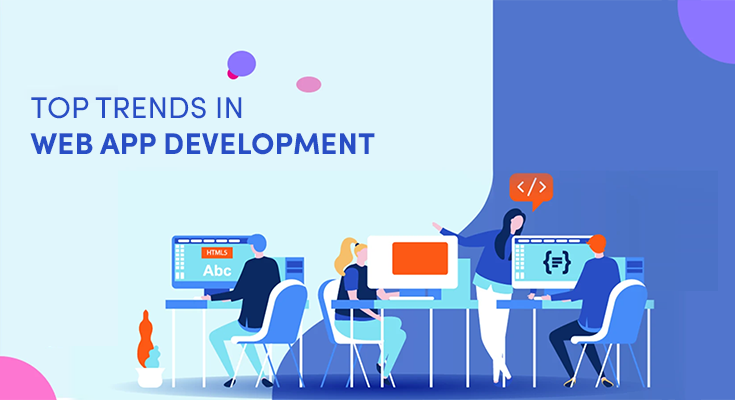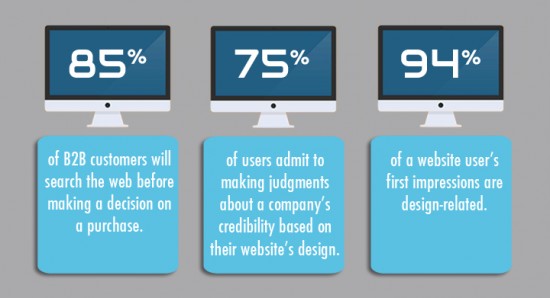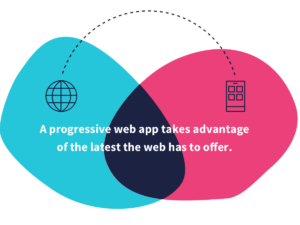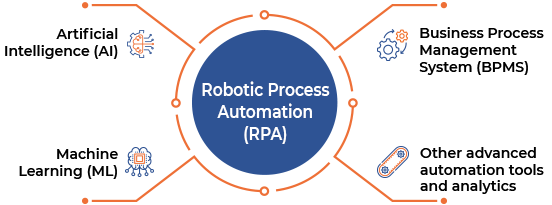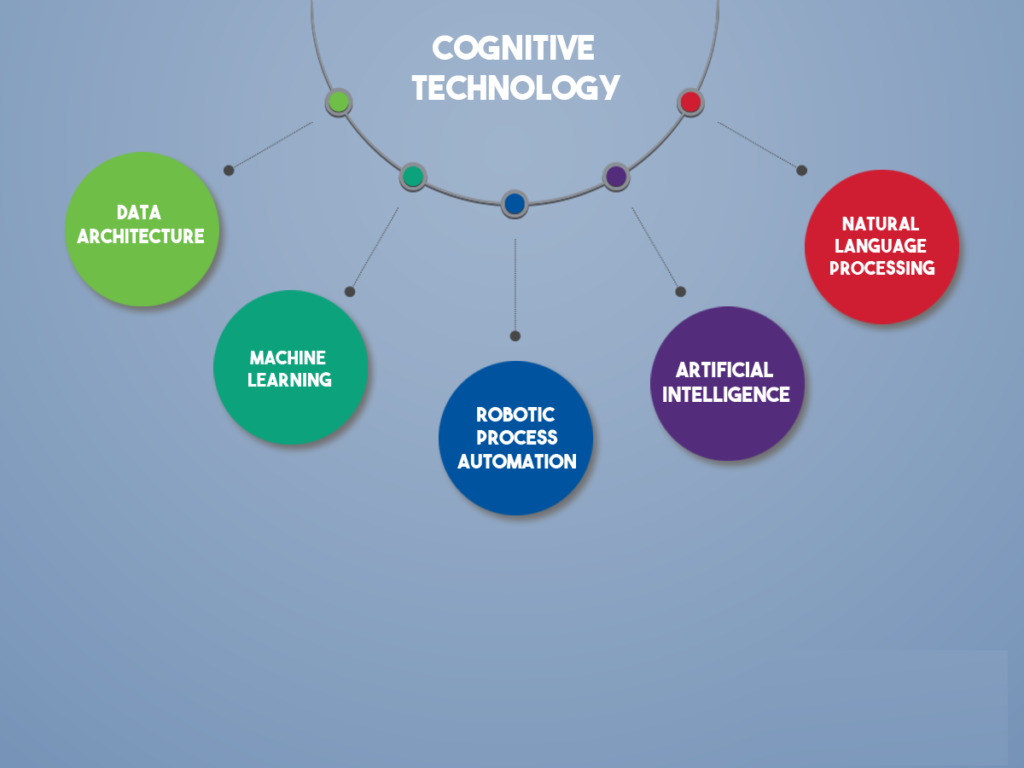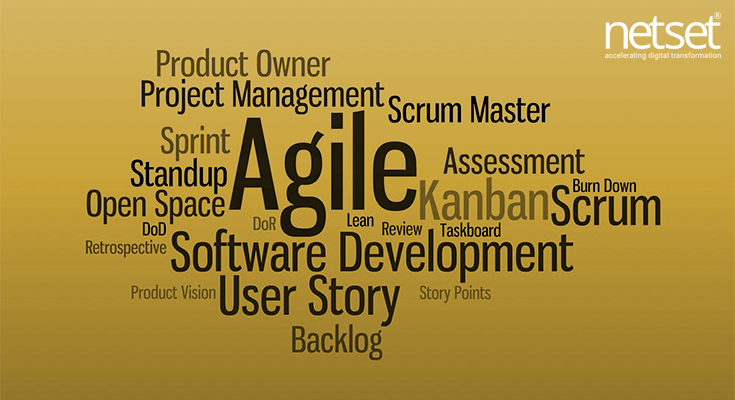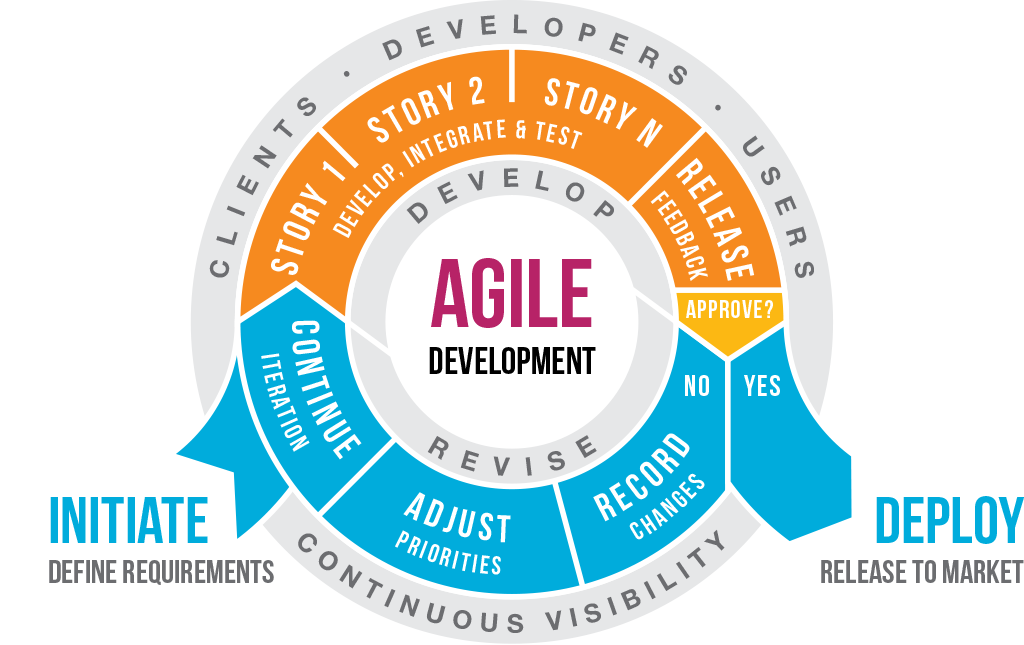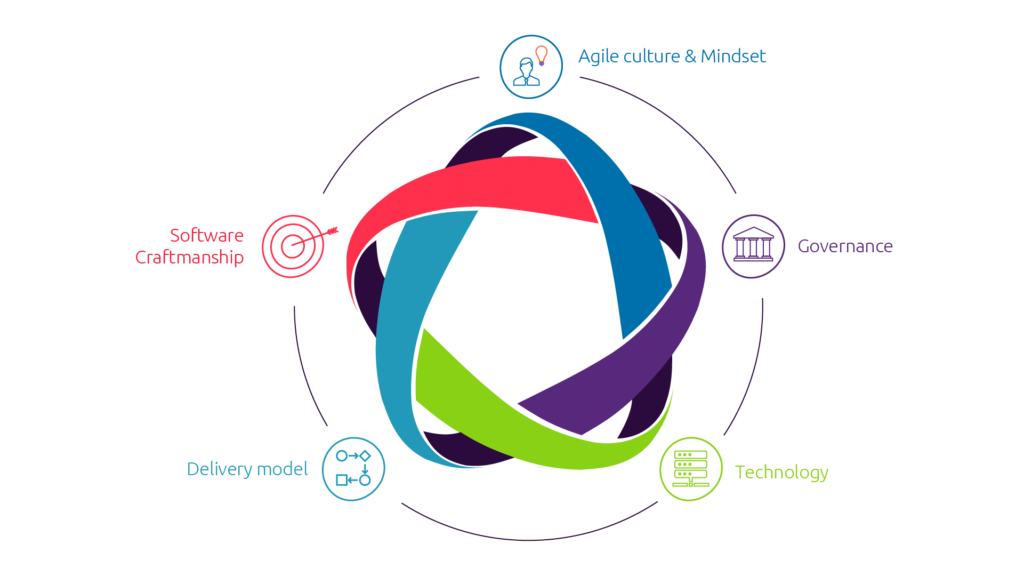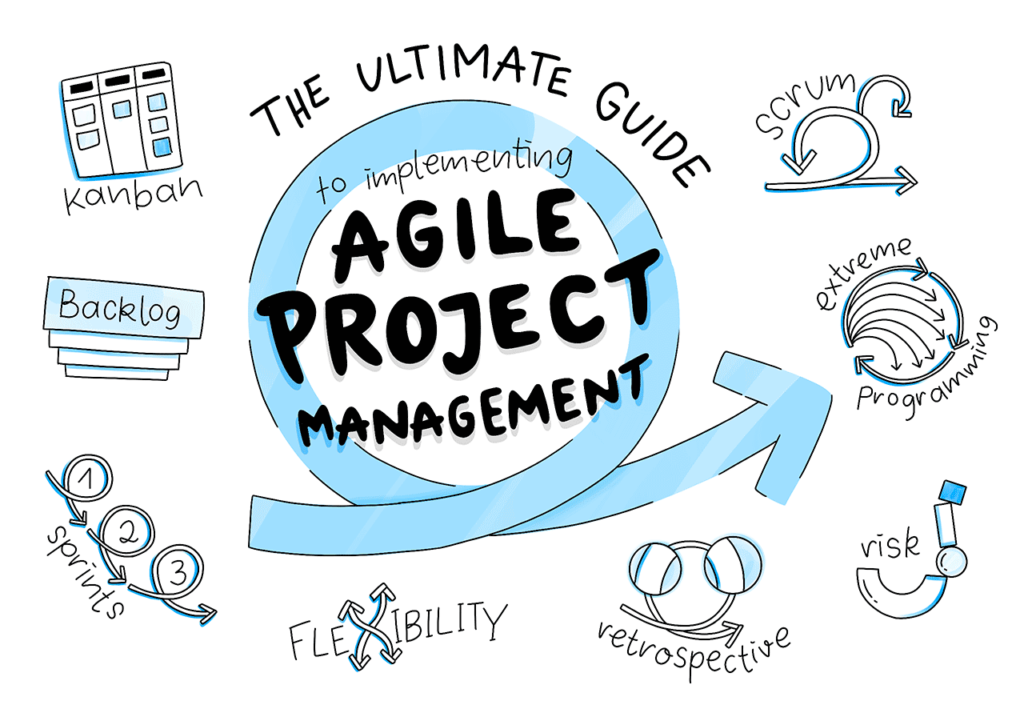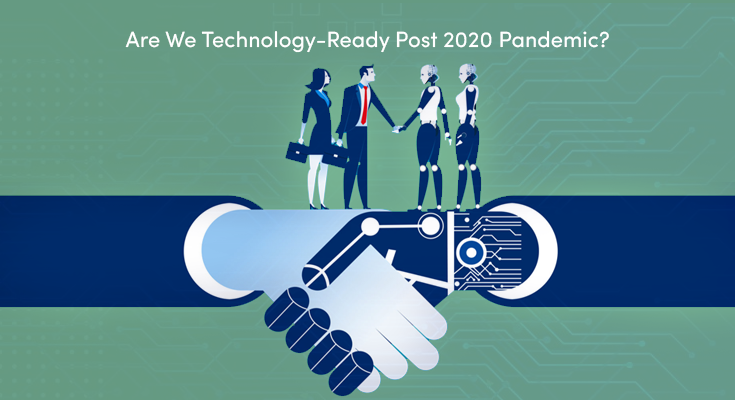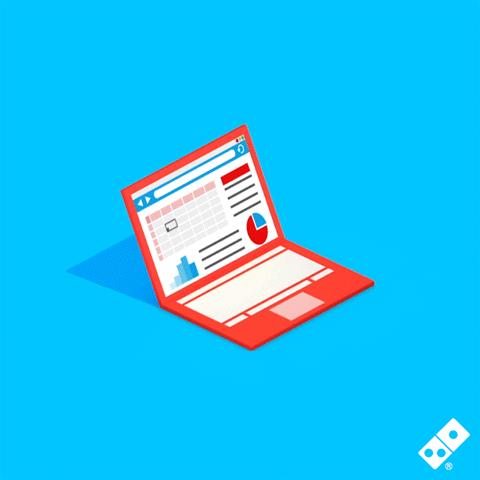It’s evident that robotization drives the digital world of today and is no more an element of science fiction. However, many still don’t realize that robots have reached offices and we work along with them.
Innovation has moved the main industries in the past few years where the concepts of RPA, DPA, BPA (an umbrella term used for a wide range of process automation technologies) have successfully ventured the working sphere.
If we go by the name, Robotic Process Automation (RPA), it clearly implies the automation process that turns complex tasks easy which are performed by robots.
RPA combined with the evergreen technology of Artificial Intelligence has given businesses a boost to escalate their progression as well as productivity with the power of cognitive abilities. And, the mobile app industry is no exception.
A multitude of custom software development companies have leveraged automation to the next level and have successfully routed ways to cover up the bottlenecks of failed bots, providing smooth integration capabilities and decision making intelligence.
The automation techniques can be quickly deployed within an organization with fast and easy steps and replicate the completion of manual tasks via automated processes with reduced time, cost, and errors.
“Automation is a journey, to leap ahead in the race, one has to start fast!”
What next after your jumpstart?
One has to be ready for unexpected changes in the environment, software and applications, process re-engineering, and collaboration.
How do you accomplish your goal?
To deal with structured and ad-hoc work, a business has to be efficient and keep no chances for errors and loopholes to thwart.
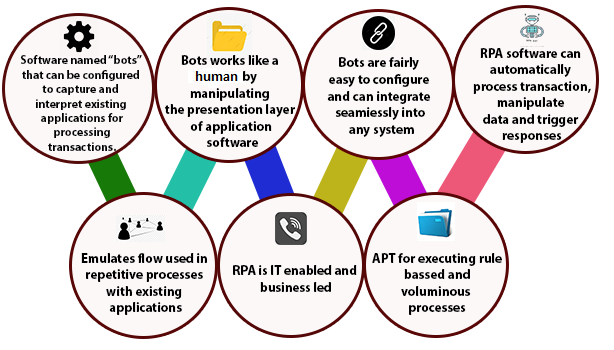
Thus, there arises the need to streamline internal-external operation by orchestrating activities between humans, robots, and systems via a feasible (robotic process automation and digital process automation) solution with embedded Intelligence that keeps the potential to implement real-time AI at every interaction.
Your System needs Intelligence! But of what type?
– Adaptive Intelligence that learns on the fly
– Predictive intelligence that eliminates problems before they occur
– Actionable intelligence that automatically finds processes to optimize
[Prefer Reading: “AI Robots for Day Trading.”]
Automate Intelligently

In this modern world, businesses are running a rat race to acquire continuous business growth while not realizing the real need for automation.
Do you know?
“Two-third of the financial processes are automated, in one way or the other, the remaining third is occupied by human requests for information.”

The electric combination of Robotic Process Automation (RPA) and Digital Process Automation (DPA) form a custodial solution for organizations looking to take a transforming turn digitally and those who aim to remain competitive.
[Prefer Reading: “Digital Transformation Checklist for your Business.”]
RPA and DPA: Deliver True End-to-End Automation
In a true sense, one can empower broader digital transformation to digitize and optimize business operations, act upon advanced insights, thereby, deriving business technology innovation through means of RPA and DPA.
But,
What is Robotic Process Automation?
The adequate use of machines (software and tools) that mimic human behavior to automate complex, repetitive, and high volume administrative tasks rendering accurate and decisive results.
Task-Focused RPA processes rule-based tasks using software bots that interact with business apps and systems on the interfaces as humans would use. Substantially increases tasks, speed, and accuracy.
What is Digital Product Automation?
It’s a process-oriented phenomenon to transform the traditional category of business process management (BPM) which is a more modern approach to digital advancement.
DPA provides the agility and insights needed to enable a holistic approach to automate business processes. Facilitating low-cost development and smart data integration, it forms the basis for robust, cost-effective, and user-friendly BPM tools.
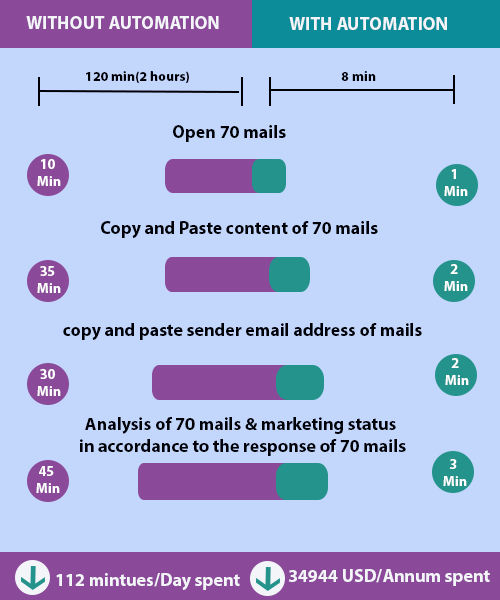
The unique strengths of RPA and DPA can help companies and enterprises to connect their existing line of software systems and elevate operational performance across the board. The all-inclusive automation strategy brought up by the leagues can pull down tasks to complete with the least intervention of humans that avoids reinforcing bad processes and develops transparency across the entire organization.
[Prefer Reading: “BI and Data Visualization: Everyone’s Game Revolves Around Data.”]
Common Benefits of RPA & DPA for Digital Business Transformation
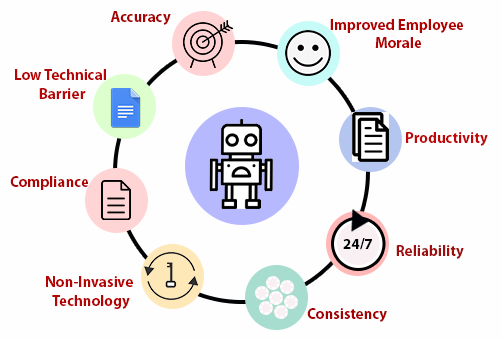
#Low-Code Digital Process
Automation aids to stimulate the action of humans by empowering users to design and deploy powerful business processes using an intuitive low-code platform.
#Automate Workflows
Business operations are automated across multiple departments and areas, smoothly and efficiently that eliminates rote manual tasks, providing enhanced visibility and peak level operational excellence.
#Rapid Solutions Deployment
Automate design workflows rapidly and deploy them in the minimalist of time (within weeks) to derive customer excellence that leads to hyper-agile business processes.
#Accelerate Digital Transformation
High-level automation helps you connect and integrates well with legacy software and models and renders custodial solutions to leverage digital transformation. Systems, work, and people; all allied at a single platform, seamlessly as per digital norms.
#Go Paperless
From paper to docs, digitize all your crucial and sensitive business data for increased accountability, transparency, and efficiency at the forefront of your organization.
Go digital, go green, and reduce human error.
#Streamline Compliancegkh
Automation is a digital age weapon and improves workflow agility dedicated to compliance control, policy management, and risk management. RPA and DPA leverage flexible workflows to adapt quickly to new regulations.
#Greater Employee Engagement
With the ease of work, employees feel more interested and engaged in the high-value tasks (away from tedious and repetitive activities) which further becomes the reason for higher productivity amongst personnel at all levels.
#More Accurate Analysis & Metrics
The robust automation systems provide tools that can store, manage, and structure data and information for easy analyzation and access, facilitating search and analysis of said data.
#Higher Productivity
RPA and DPA make a leap in terms of performance, response time increasing productivity of the resources involved without losing the quality. 100% accuracy influences productivity and performance.
#Agile & Scalable Development
The development process runs in an adaptive environment and makes it easy to make agile changes to the processes. Such systems allow you to scale your operations up or down and ensure companies to make adjustments based on seasonality.
Towards Smarter Digital Transformation
While the discrete technologies of RPA & DPA are erupting digital innovations working together with shared goals, take advantage of both to expand your business realm and underpin outstanding enterprise-grade automation platforms powered by NetSet Software to achieve digital revolutions at scale.
If end-to-end automation is your real goal to acquire, reach out to our experts and learn more about RPA, DPA, and AI solutions rendered by NetSet to gain enhanced business value.

